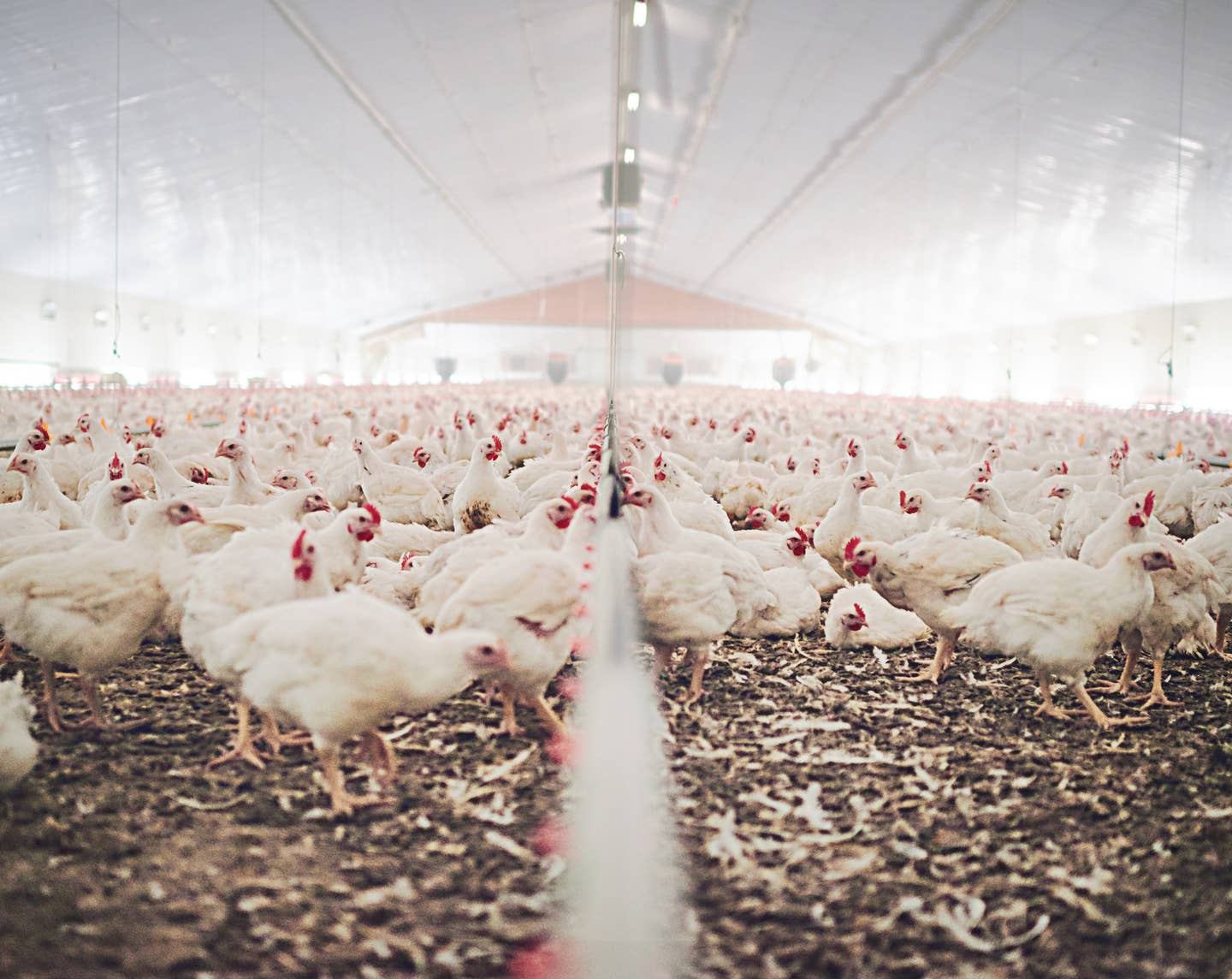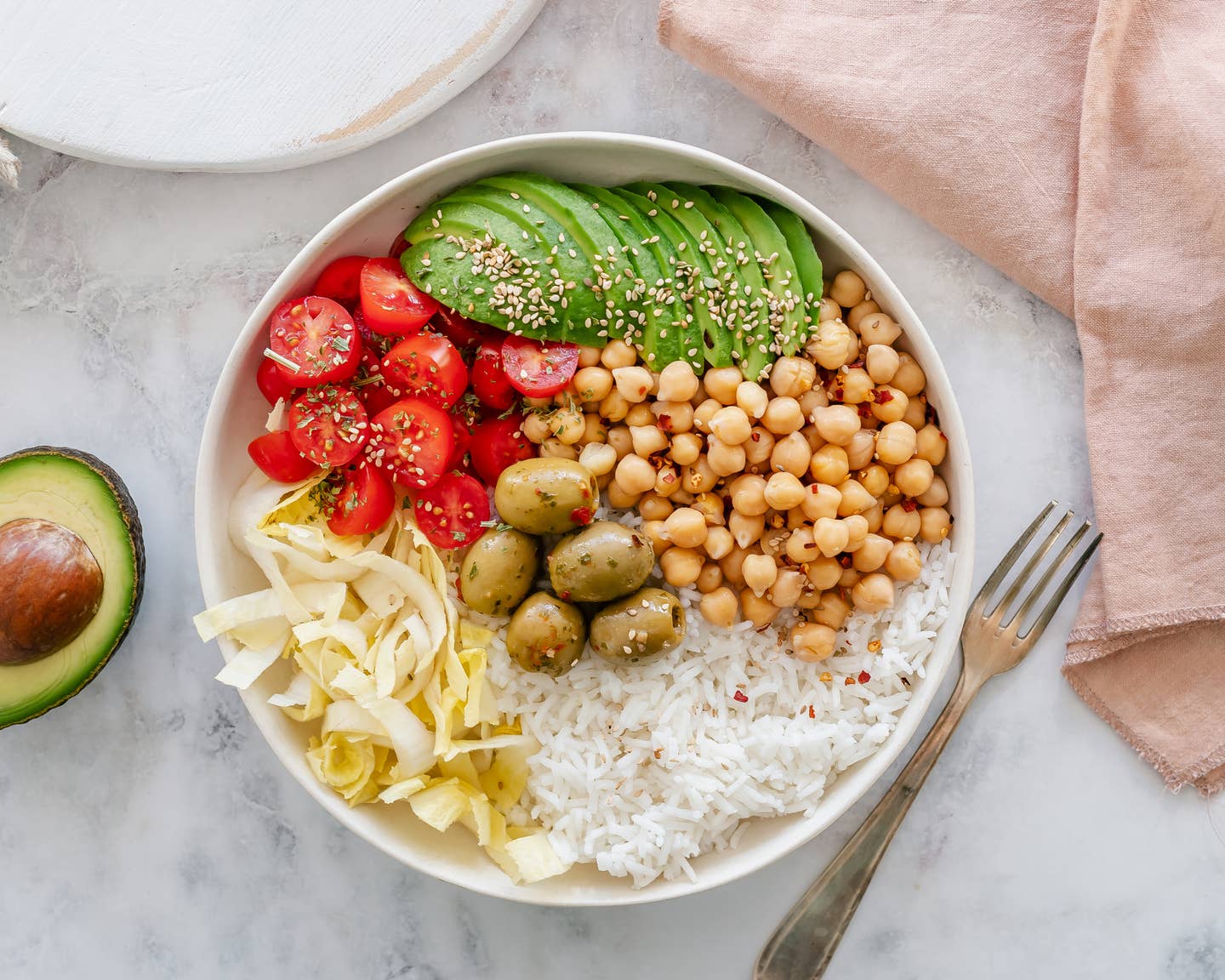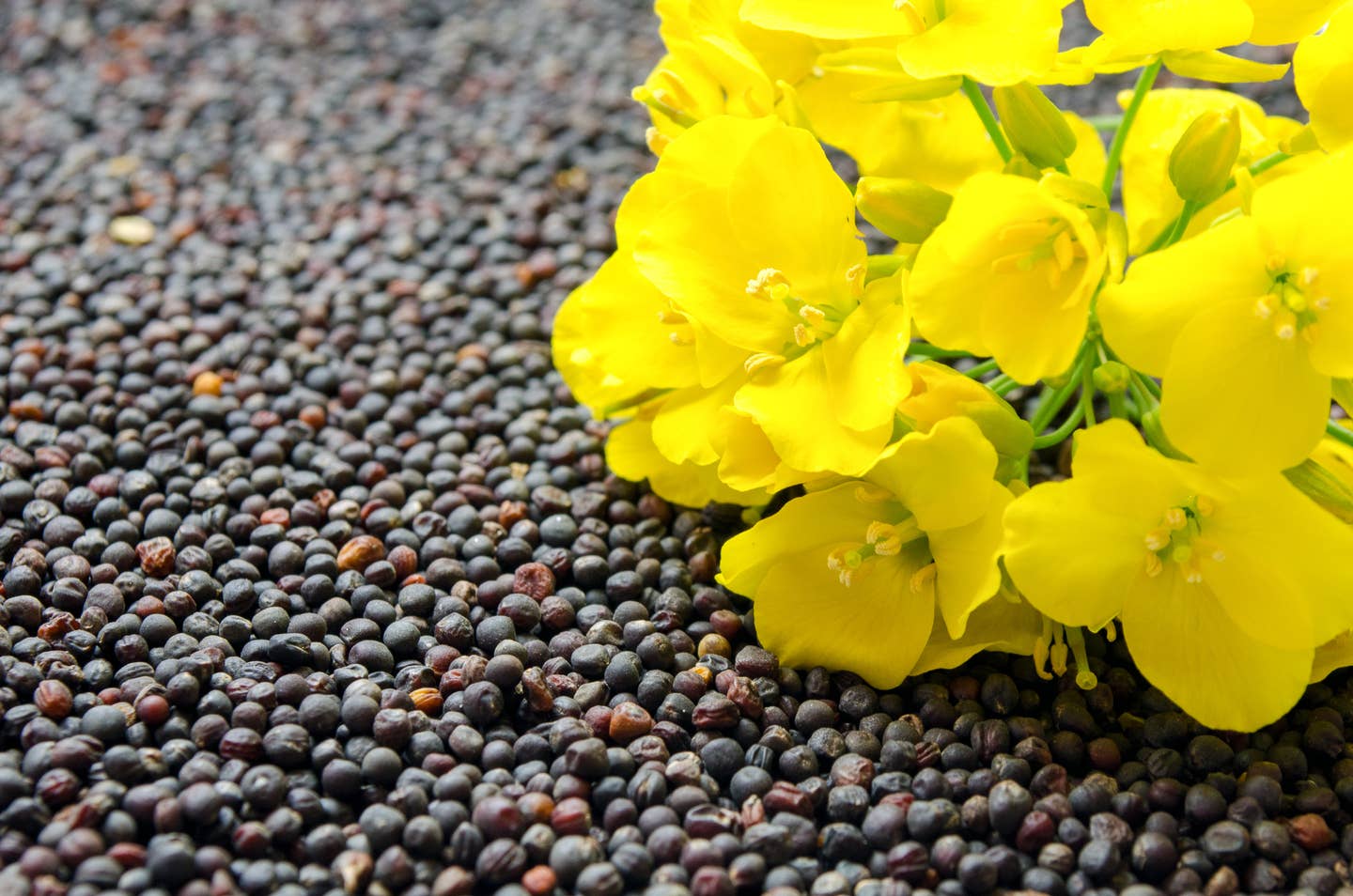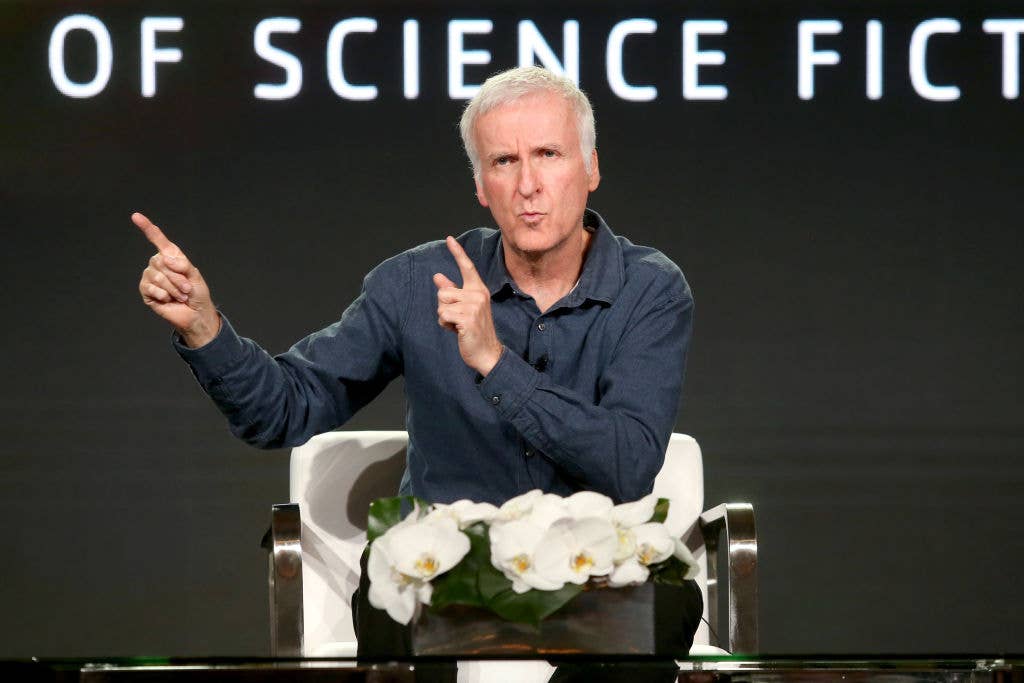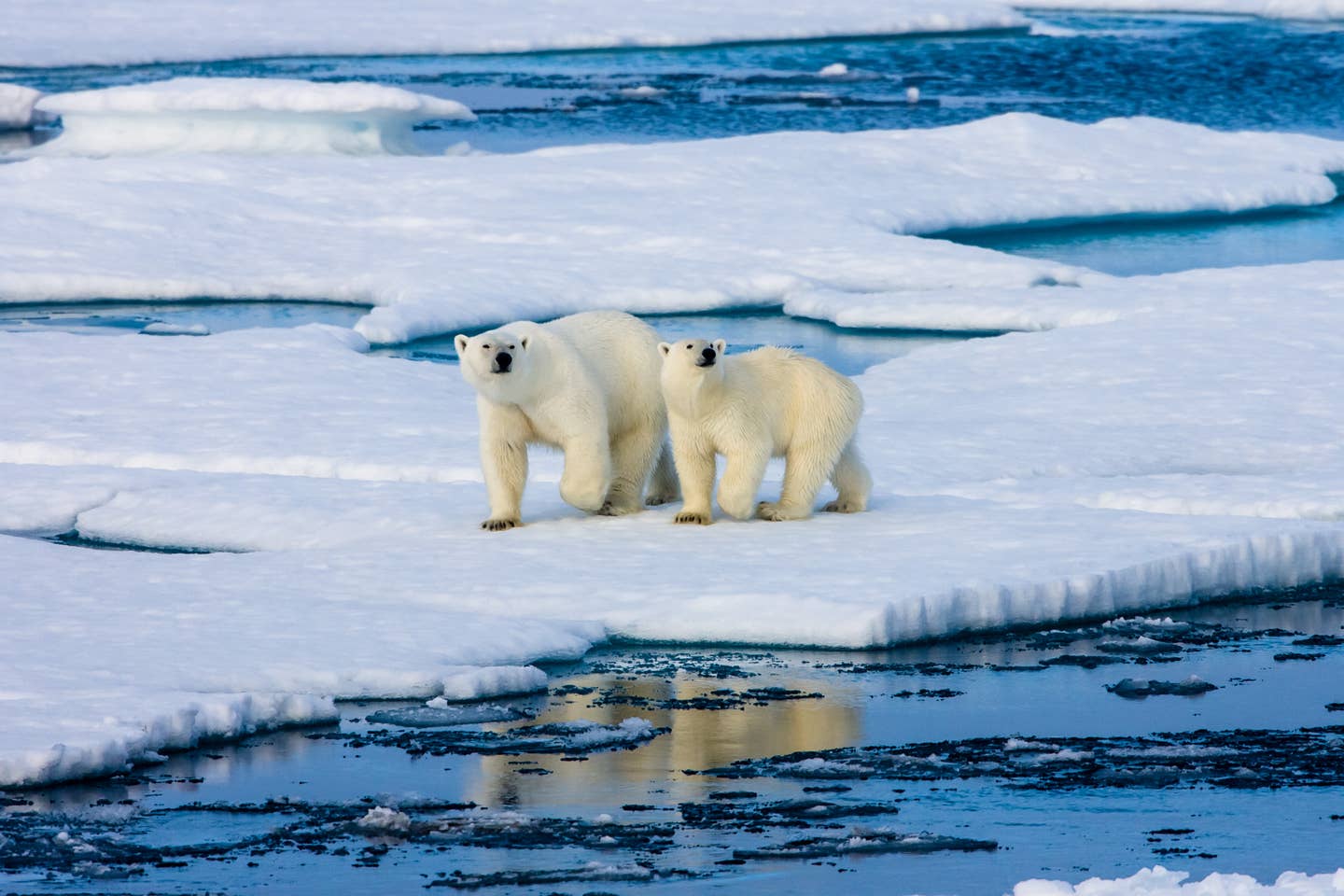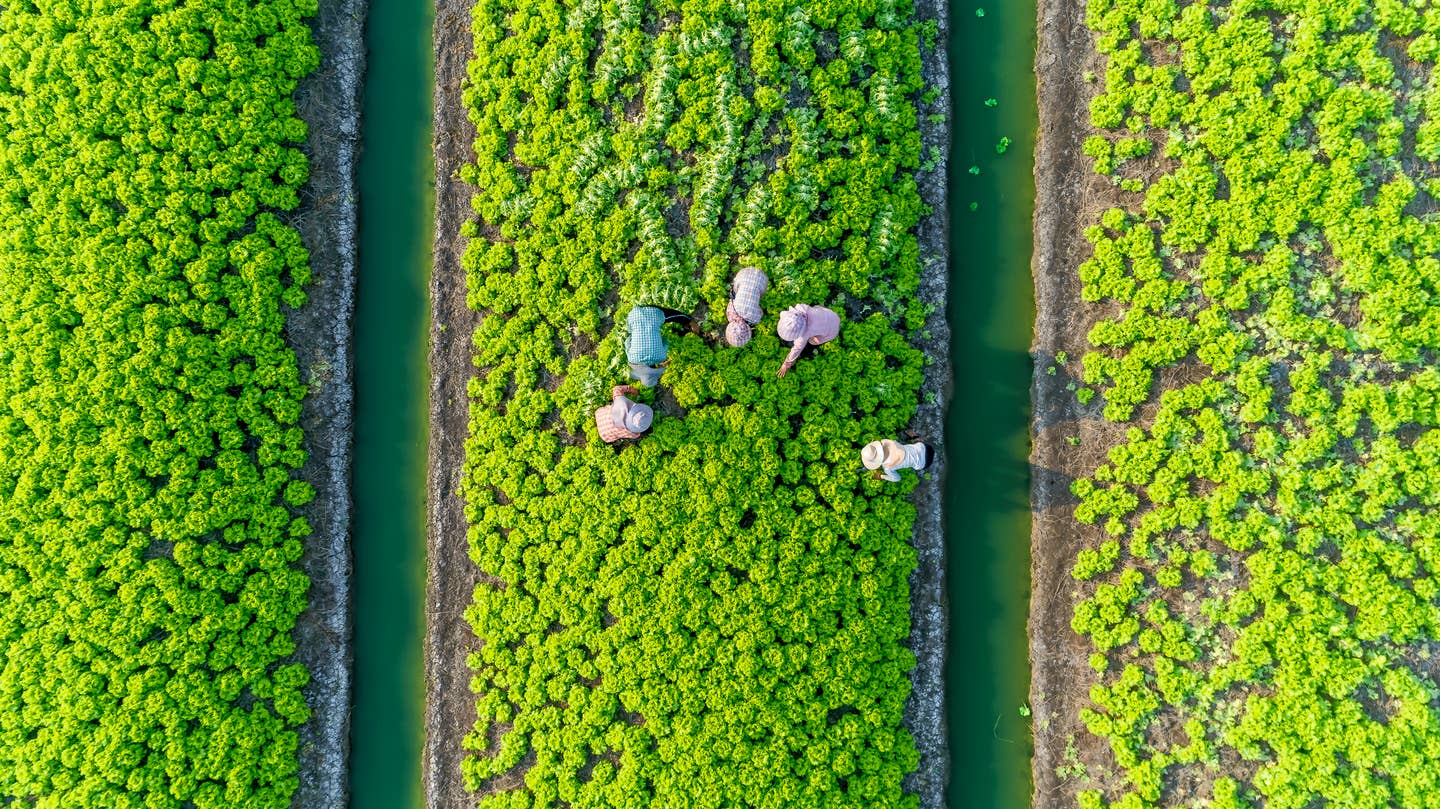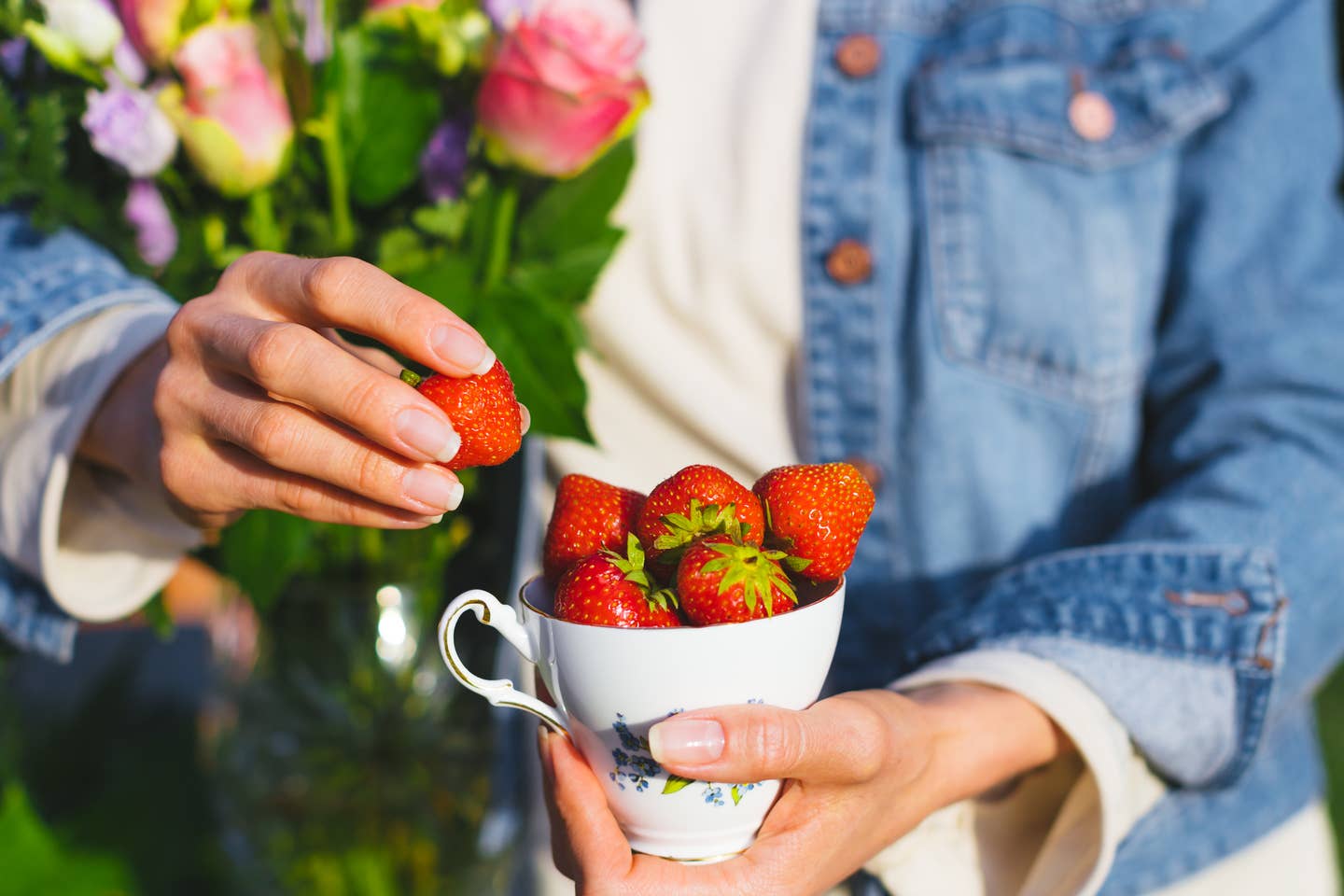
What to Eat if You Care About the Planet and Others? This Author Explains It All
Sophie Egan understands that there is an astounding amount of confusion over what to eat. If you care about the planet, animals, human health and supporting companies that give back to their communities, you are a "conscious eater" and she has written the book for you. Her new book: How to Be a Conscious Eater: Making Food Choices for You, Others, and the Planet, helps guide you through the confusing aisles of the supermarket to hone in on the right choices to put your money where your heart is.
Using three criteria—Is it good for me? Is it good for others? Is it good for the planet?—Sophie Egan helps readers make the right decisions based on research and information instead of marketing hype.
Author of the book: Devoured, How What We Eat Defines Us, Egan is an expert on food’s impact on human and environmental health. Conscious Eater divides food into four categories—stuff that comes from the ground, stuff that comes from animals, stuff that comes from factories, and stuff that’s made in restaurants to help consumers decide what's important to them and how to put their consumer dollars to work backing those values.
The Beet: How did you figure out that everyone needs this book, especially now?
SE: There's so much misinformation that there has been a loss of food literacy. People don't trust their instincts about what to eat. I wanted to empower people to make food choices they can feel good about. There's information overload and misinformation.
So I made sure not to overwhelm the reader. The format offers breaks it down into these short and sweet bottom-line answers of what to eat.
The Beet: People want to know not only is it healthy, but is it good for the planet?
SE: I found myself realizing: It's not enough to think is this good for you, but also is this good f\or the climate. So I wanted us to think about good for you and good for others, including other people and also the animals in the journey from farm to fork. And is it good for the planet?
The Beet: People want food that is good for all three: Health, the planet, and animals.
SE: Right, So it helps to broaden the lenses and add an aperture. I wanted this book to broaden it so the mental checklist, People wonder: If I get this food, is it worth this? The way I look at it conscious eating is about getting clear on what your values are and shopping those. You first need to decide what you want to support with your grocery dollars.
The Beet so give me an example of what consumers will learn in the book.
SE: It provides a variety of tools including telling you a product's water footprint comparison, carbon footprint comparison, and of course these topics are complex, but you can make consumers aware of the cost of their food. They can then ask themselves: "What are the things I care the most about?" If you care the most about carbon footprint or animal rights. Often they are in alignment. The carbon and water footprints: The worst for the planet and for animals is cow milk. But then when you go to buy plant-based milk, you also want to look for flavor and sourcing footprint, because of course almonds require a lot more water than oats.
The Beet: What are some of the surprising things you learned? What would shock me?
SE: Plant forward and mostly plant-based foods can be more sustainable than strictly plant-based. But then human health is also a factor and plant-based is healthier. We can only hold so much complexity in our heads at once. If you eat mostly whole foods and mostly foods from the ground, that can check a lot of boxes. Across the board that may be best in all categories.
The Beet: Just because it's vegan doesn't mean it's healthy or sustainable, right?
SE: These third-party certifications, like the certified "organic" label, a lot of time they are referees of the transparency game. They help tick through the checklist we would not be able to even know about.
The Beet. That's intriguing. Certifications don't matter? Please explain.
SE: There are important stickers to know, that have real meaning that helps you align with your values. USDA Organic is arguably one of the most rigorous standards of how food is grown. It supports an eco system and farm workers health and supports
USDA Organic Inhibits synthetic peticides and growth hormones and antibiotics. From an environmental standpoint that is significant.
But a lot of them are not standardized. Something can say "natural" and mean little. But "organic" does ensure that it is chemical-free when harvested. But that doesn't mean they can't add preservatives and more chemicals after it's harvested. A processed food product with the label USDA Organic just means that 95 percent of the sources are organic.
But in terms of the organic label, there is still the halo effect. Organic chocolate frosting is still organic chocolate frosting. So for health, you're getting a load of added sugar.
The Beet. About that halo effect and the mental checklist, what else should I know?
SE: The label Fair Trade is also meaningful. Fair for Life or Fair Trade Certified. These are truly meaningful for farm workers and harvesters. It ensures that no discrimination or harassment is taking place, no forced labor or child labor either. This has become a shocking problem for Cocoa production. In Africa, South America, the Ivory Coast and other places. Those certainly are not the only place. Fair Trade means that it's monitored. Part of the price of that item gets fed into local funds for infrastructure and jobs where the product or ingredients originated.
Where these certifications differ from one another, is how far along the spectrum they ensure a liveable wage for workers, versus a fair wage or a minimum wage. Fair for Life is the strongest. Look for that on bananas, coffee, chocolate, since those are three common ones.
The Beet: Sometimes I look for the frog, from the Rainforest Alliance
SE: that is a good one, as is Bird-Friendly from the Smithsonian. This is specifically for coffee. It means that when coffee is grown in the tropics, it signals the homes of migratory birds are respected. And it ensures the coffee is grown in shade. So no trees needed to be cut down which takes away bird habitats. The less we disturb nature for farming the better.
Of all the crops grown worldwide, only about 1 percent are organic, which is shocking. For all the perceived consumer interest, "organic" only accounts for 1 percent of all growing.
There's a lot of different variables. It can take three years or more to transition to organic soil. But the other thing is that some farmers think the term organic does not even go far enough.
One term is Biodynamic from Demeter International Organization. They have certified "Biodynamic" which means at least 10 percent of the farmer's land is off-limits to growing, so it encourages biodiversity.
Another term to watch is "Regenerative." This is a big one. That's basically going to replace what we're doing now. Some people think we're going to skip straight to this "Regenerative" This is about soil and growing practices and it's a way of growing that integrates with the surrounding ecosystem for more biodiversity and more natural growing practices.
Biodynamic also promotes water conservation and treats wetlands grasslands and forests as part of the farm ecosystem–so the farm is part of a larger ecosystem and natural landscape.
Farmers and ranchers have roles to play in being climate super heros. Improiving soil health and capturing carbon and creating best practices. This is something we need to encourage.
The "Regenerative" growing practice leaves the soil better than they found it. It depends on all the methods coming together to create a healthier earth. Some crops do this already. One that is really known for that is lentils. They are nitrogen fixers. Environmental super crops.
The Beet: We are stocking up on lentils. What about transportation and shipping:
SE: It's not the case the shorter the distance, the better. The analysis includes the assessment of the total environmental footprint of a crop, and how people are treated in harvesting and packaging the food. So all the methods together might be more important.
Transportation is just a fraction of the decision. Of course, farm to table is great. But there is nuance. Personally, when I am considering what to buy, my personal guidance is to better understand the methods and look at transportation within that context.
More From The Beet
